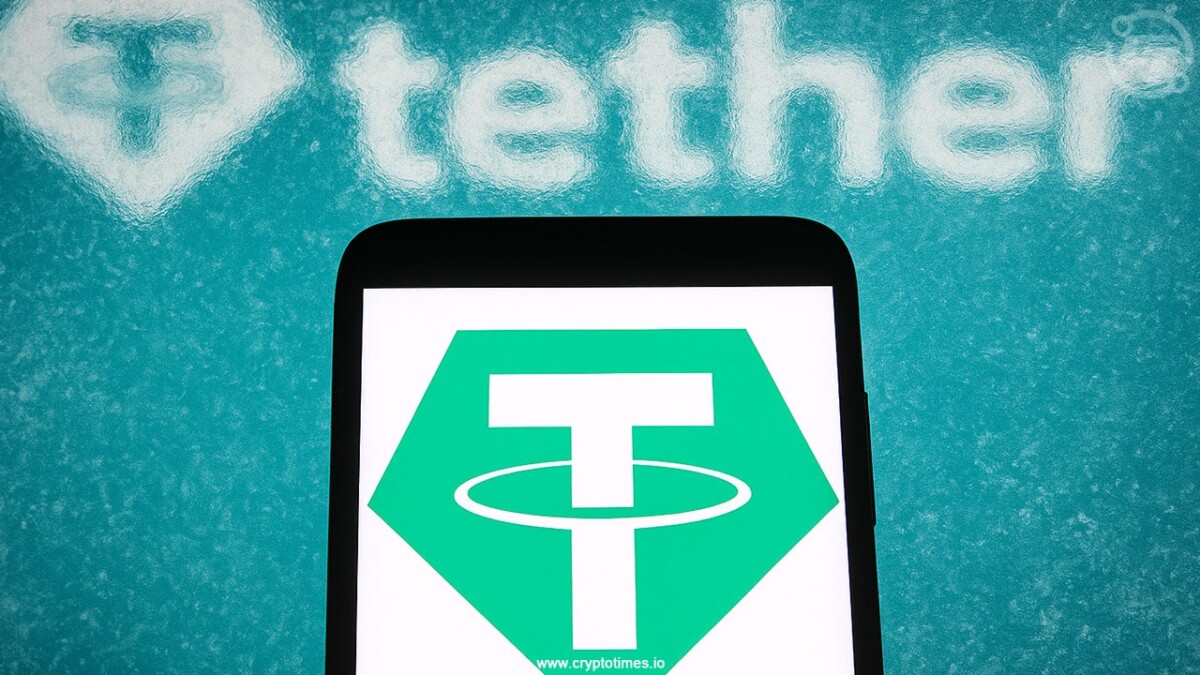Tether, the company behind USDT, has reversed its previous decision to freeze tokens on five blockchains by September 2025. Users will still be able to move their USDT between wallets on these networks, but no new tokens will be created or redeemed there.
Tether stated in its announcement that after listening to feedback from the communities that still use these blockchains, it has decided not to freeze the tokens. Instead, people will still be able to transfer USDT between wallets on these chains.
However, Tether itself will stop issuing new tokens or redeeming old ones on them. In short, the tokens will remain usable for transfers, but they won’t be “officially supported” like USDT on major blockchains such as Ethereum or Tron.
In July 2024, Tether had announced it would completely stop supporting USDT on five blockchains: Omni Layer, Bitcoin Cash SLP, Kusama, EOS, and Algorand. It had stated that support was set to end by September 1, 2025. The plan was to freeze all tokens on these networks so that users could no longer move them.
Tether’s Updated Strategy
This change shows how Tether has mapped out its strategy. It wants to focus on ecosystems with active developers, strong user demand, and scalability. According to Defillama, most USDT activity happens on Ethereum and Tron, which hold over $80.9 billion and $72.4 billion worth of the stablecoin supply. Other popular chains include BNB Chain, Solana, Arbitrum, and Base.
Among the blockchains affected, Omni Layer will feel the biggest impact since it still holds about $82.9 million worth of USDT. The others have much smaller amounts. EOS has $4.2 million, and Bitcoin Cash SLP, Algorand, and Kusama each hold less than $1 million.
Tether has been planning to reduce support for these blockchains for two years. In August 2023, it stopped issuing new USDT on Omni Layer, Kusama, and Bitcoin Cash SLP. Then, in June 2024, it also stopped creating new tokens on EOS and Algorand.
Today, the overall stablecoin market is valued at about $285.9 billion. USDT leads with $167.4 billion in circulation, followed by USDC with $71.5 billion. Also, the U.S. Treasury expects the market to expand to $2 trillion by 2028.
Also Read: Tether to Launch USDT on Bitcoin with RGB and Lightning











